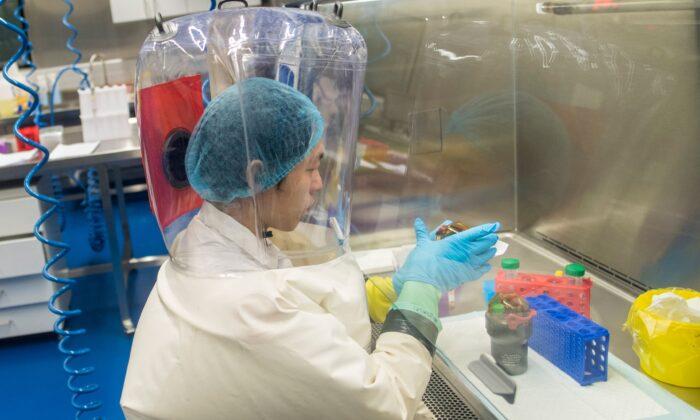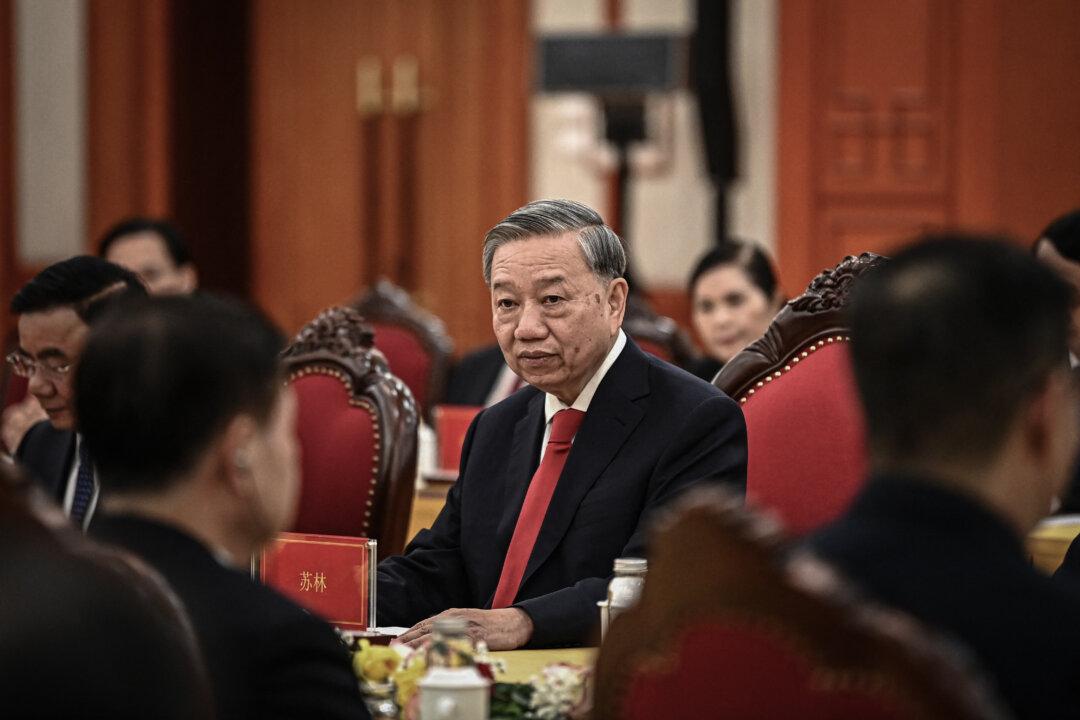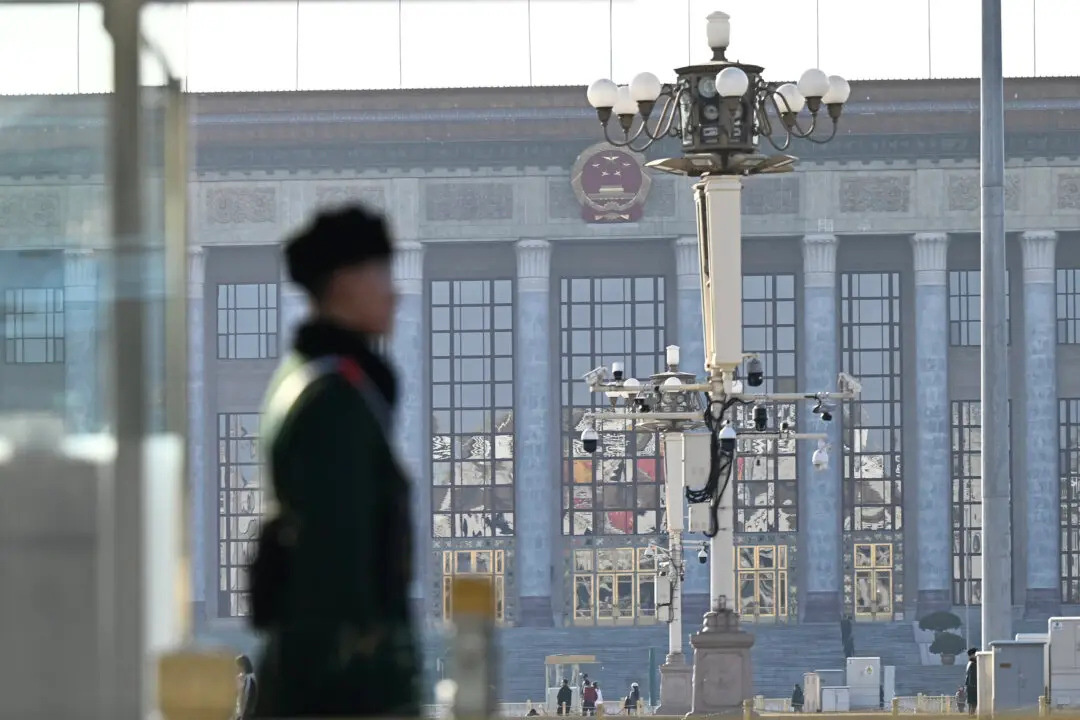The director of Wuhan’s P-4 laboratory at the center of intense speculation over its role in causing the pandemic had previously raised concern about security in China’s high-level bio labs.
Just months before the outbreak, Yuan Zhiming, director of the Wuhan National Biosafety Laboratory, published an article on safety deficiencies occurring in Chinese biolabs. Several years ago, he also sent emails to an American counterpart inquiring about disinfecting methods.
Yuan’s Concerns
In emails recently obtained by Judicial Watch under the Freedom of Information Act, Yuan contacted Jens Kuhn, a virologist at the National Institutes of Health, asking for help finding disinfectant to sterilize lab equipment in 2016, not long after the P4-lab opened and had not started working with viruses.“We have tried several ones to determine their antiviral efficacy and corrosion to pipeline and wastewater treatment equipment,” Yuan wrote. “Unfortunately, we have found [sic] a good candidates.”
In the email, Yuan said the lab was in operation without pathogens. He sought suggestions on disinfectants for airtight protective clothing, solid surfaces, air, infectious materials, and approval procedures for choice of disinfectants.
The email between Yuan and Kuhn is just one in the 301 pages of emails and other records recently published. The correspondence was between the Wuhan Institute of Virology (WIV) and the National Institute of Allergy and Infectious Diseases (NIAID).
The documents reveal that NIAID provided nine grants to China through the EcoHealth Alliance, a New York-based organization, to research the coronaviruses in bats.
Yuan also admitted concerns about safety in the nation’s high security-level labs in a May 2019 essay, several months before the Chinese regime first reported an outbreak of the CCP virus in Wuhan.
“Currently, most laboratories lack specialized biosafety managers and engineers,” he said in the essay.
Yuan confessed that “some of the skilled staff is composed of part-time researchers” in China’s high biosafety level laboratories (BSL).
“This makes it difficult to identify and mitigate potential safety hazards in facility and equipment operation early enough,” he said.
“Biosafety awareness, professional knowledge, and operational skill training still need to be improved among laboratory personnel,” he said.
He also highlights that “several high-level BSLs have insufficient operational funds for routine yet vital processes” in an article titled “Current status and future challenges of high-level biosafety laboratories in China.”
The article was published in September 2019 in the Journal of Biosafety and Biosecurity, of which Yuan is the editor-in-chief.
The National Biosafety Laboratory at WIV is one of China’s two BSL-4, or Pathogen level 4 (P-4) laboratories, and requires the highest security measures to study pathogens causing diseases like Ebola. The Wuhan P-4 lab was completed at the end of 2014 and went online in January 2018. The facility reportedly preserves over 1,500 virus strains, including the coronavirus that caused the severe acute respiratory syndrome epidemic in 2003.
Since then, many have speculated that the WIV is the source of the CCP virus outbreak; but China will not allow any independent investigation.




